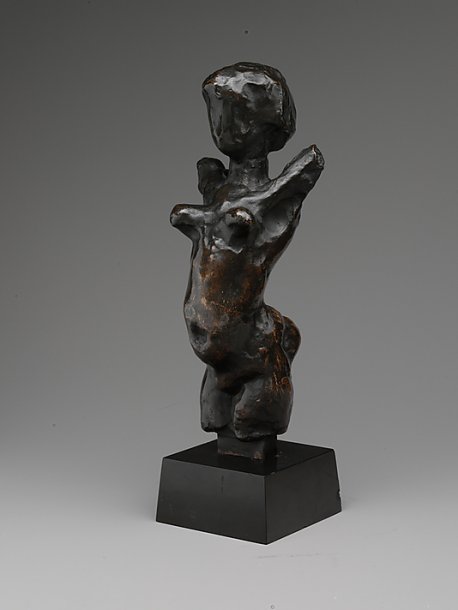de Artefato a Arte
Publicado23 Ago 2013
 Female Torso
Female TorsoHenri Matisse (French, Le Cateau-Cambrésis 1869–1954 Nice)
© 2011 Succession H. Matisse / Artists Rights Society (ARS), New York
A relação do Ocidente com os objetos produzidos em África e a sua classificação como peças de arte, abordadas pela coleção do Metropolitan Museum of Art de Nova Iorque numa exposição que termina a 2 de Setembro.
"At the start of the twentieth century, the appreciation of African artifacts in the West shifted dramatically: from colonial trophies and ethnographic specimens, they became modernist icons worthy of aesthetic contemplation. Well established is the role played in this transformation by modern European artists such as Pablo Picasso, André Derain, and Henri Matisse, who began collecting African art about 1905, finding in its bold shapes a source of inspiration. Lesser known, but no less constitutive to the recognition of African material culture as fine art, is the history of its reception in America over the subsequent two decades.
New York emerged as a new platform for modern art after the groundbreaking 1913 International Exhibition of Modern Art, better known as the Armory Show, which opened the door to dynamic transatlantic art commerce. This surge was bolstered in the summer of 1914 with the outbreak of World War I, which provoked the displacement of the art market's epicenter from Paris to New York. Numerous galleries opened in New York that year, and all sought to acquaint their audience with the newest European trends—including African art."
Mais textos e imagens para ler aqui e uma conversa para ouvir aqui
